Platinum sales have not only been up for the last three years, industry sources are predicting that even stronger retail growth will continue. And smart jewelers are stocking up to meet the demand being driven, in part, by the millennial bridal market. According to the Platinum Guild International’s (PGI) annual Retail Barometer study, platinum’s lower price tag—compared to gold—also encouraged both manufacturers and retailers to increase their platinum offerings. But back to those millennials: PGI also commissioned a study to dig deeper into the bridal jewelry preferences of today’s millennial consumer. Here, PGI’s president, Jenny Luker, tells us more about the study findings.
DPA: Did the study unearth any surprises about the millennial engagement ring shopper?
Jenny Luker: We know that millennials are very different from their parents generation, but in terms of the bridal consumer, we dug a little deeper and found that they’re at a more mature and experienced stage in their lives than their parents were when they got married. Millennials also have bigger budgets for their weddings—$30,000 on average. And they have different ring preferences. In the 70s and 80s when their parents were getting married, yellow gold was more popular. Now we’re seeing a white wave coming back.
DPA: So does this automatically translate to more platinum sales?
JL: Not exactly. Our study told us that millennials think of platinum as the ultimate metal, desirable and glamorous. But it also told us what millennials didn’t know about platinum—that it’s a naturally white metal that won’t change color with wear. And that inspired us to think about a new way to position platinum that is rooted in a truth about the metal and what millennials aspire to in their relationship. So when selling to millennials it’s important to stress that platinum is a great choice because it won’t change color or fade and it symbolizes a relationship that will endure.
DPA: What other engagement ring trends are you seeing?
JL: The trends in platinum rings are fairly classic. The solitaire and halo are still going strong. We’re seeing some three-stone platinum rings and more stacking rings. Some people are buying an engagement ring and two bands to wear on either side, which we love—another band purchase!
DPA; What about colored stones?
JL: The majority of people are purchasing diamonds as the center stone, however we are seeing sapphires—blue, pink and green—being used as accents.
DPA: What about the millennial guys? What are they choosing as wedding bands?
JL: When it comes to wedding bands, there are two camps: the non-jewelry-wearing minimalist who doesn’t want anything large or heavy on his finger, but will wear a band if he has to. And then we’re seeing some men opting for larger bands in wider widths with slightly more design elements than a plain band.
DPA: Any more advice to retailers when selling to their millennial customers?
JL: First, it’s important for each sales associate to understand platinum’s qualities which make it the optimal setting for securing diamonds and the best choice for a ring someone is going to wear everyday. Unlike platinum, white gold will yellow over time, requiring its rhodium plating to be replaced to maintain a white appearance. So it’s important for retailers to educate consumers on the differences. And there are beautiful platinum choices at accessible price points.
And while they are in the store, get them to buy their bands at the same time they buy the engagement ring. Typically, this purchase gets put off and they buy the bands when they’ve paid for everything else and have less money.
*Photo courtesy of Tacori

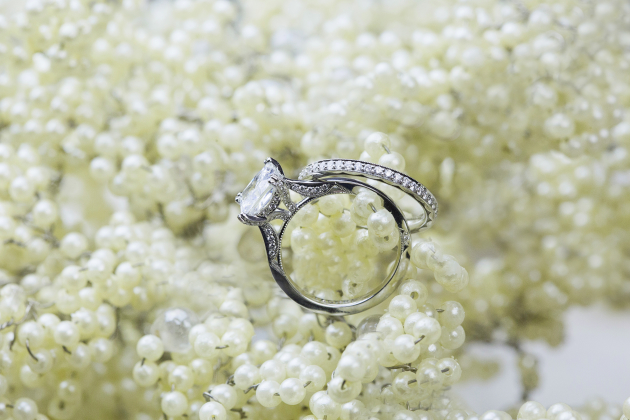
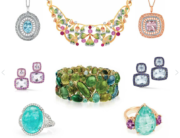
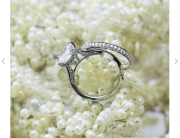
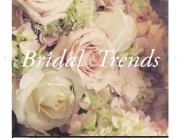
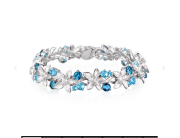
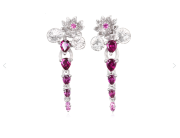
Leave A Comment